I think these trash/recycling bins around ASU are a pretty clever in their power and their subtlety. If we could figure out more ways to simply (and cheaply) get a meesage like this across sustainability could be less a movement and more a way of life. Almost everything is right about these: their message, their strong duality, their graphic execution. Kudos to the designer.
James Turrell's newest installation of his series of Sky Spaces has opened at ASU, and it is pretty amazing. At first I was a little put off by the colored LED show that it puts on, preferring instead the simple and secluded purity of his SMOCA Sky Space, but after a few outing I have really come to like this one. The changing colors cause your eyes to see the sky in the void and around the edge as an inverse of the LED color: Purple and Green, Blue and Yellow, even White and Black. It's pretty intense at times, almost unbelievably. You can kind of tell the difference in these pictures, but you really have to go and experience it for the full effect. Hats off to everyone involved.
Seeing these works by Bence Hajdu immediately reminded me of my friend Molly Eagan's critique of architectural photography. She took a series of photos with people in abstract positions and formations to highlight the fetishization of geometry in architectural photography and the absence of life the architecture was intended to foster.
Hajdu does the opposite here and deletes the human subjects form classic paintings, leaving the architecture, often brooding and foreboding, to stand on its own. The images are so caught up in our collective cultural conscience that they seem to scream to be inhabited. Vincent James and Jennifer Yoos of VJAA recently spoke at IIT and gave a lengthy presentation on their research of "skyways" around the world. They didn't pose any conclusions, and i don't think I will here either, but they were fascinated with them. At he end of the presentation someone proposed that overpasses are detrimental to street life because it displaces activity. James and Yoos countered with the High Line, and argued it depended on which activities in particular areas are displaced as to whether an skyway/overpass/viaduct will have a detrimental effect. They posited that the High Line represents another layer, in fact a lost layer, of leisure activity in an otherwise dense and rugged neighborhood of west Chelsea. I thought it was an interesting take on why the almost comically uber-loved High Line works, and just maybe that this idea of layered and supplemented activities could work in places other than idiosyncratic New York if the right needs were identified. In the days after I have noticed quite a few Viaduct projects pop up and have been thinking about the different ways to to approach these (typically deteriorating) linear pieces of infrastructure, many of which have a strong physical and psychological presence in their respective cities. The High Line is so brilliantly simple because it simply switches the intended use of its program: people instead of trains. No fuss, no muss, just make it fun and pretty and let it do its job all over again. I think that what is so exciting about the High Line is that citites everywhere could see themselves easily do the same thing with their aging viaducts for a fraction of the cost of tearing them down, actually turning them into an economic engine, not to mention a public asset. Some day, when Chicago and the CTA finally throw their hands up in desperation and frustration, this is what the L will become. Then there is this beautiful idea out of London by Undercurrent Architects that proposes a reuse of the close to 10,000 arches created by the viaducts throughout the city. This re-programming of this largely defunct infrastructure is pretty convincing, especially when it is this well done. A energy analyst has to love the thermal mass provided by the viaduct, and its "green" cred is also bolstered by the material savings and recycling as well. Lets just hope it doesn't leak. On the complete other end of the spectrum is this project by my friend Noel Turgeon. Sort of a Mega Viaduct, it turns the infrastructural typology on its head from the get go. People, not heavy traffic, go on top and inside the massive structure, while the existing heavy industry traffic (truck, train, barge) pass underneath perpendicularly. This solution is also responding to the need of leaving the meager "natural" areas around the industrial site undisturbed. The huge building/dam/bridge attempts to tread lightly while it lofts its program over the site, and does a pretty good job with its dynamic form. Theoretically this inverted, programmed viaduct could perform in a number of different locations, although I think the warning of James and Yoos would be well headed by all skyway supporters: don't supplant what is already there, supplement with what is lacking.
Archdaily featured an awesome compilation of videos by koganada that dissect the visual styles of a few Directors. Recently after reviewing some new film i got back from San Fran and Chile I realized that my most powerful compositions were one point perspectives. I started to wonder if that was all I would ever shoot, and whether my style could improve. After seeing these compilations and these director's predilections I guess its not so bad to have a style? Tarantino // From Below from kogonada on Vimeo. Wes Anderson // From Above from kogonada on Vimeo. Beautiful examples of 3D (and in some cases 4D!) typography by studio lo siento. Check out their site, it's worth the trip.
This is a great solution and an example of how to address ever-more complex technological systems. In this example the designers have centralized the complexity into small, serviceable and relatively cheap robot(s) that manipulate a "dumb" field of solar arrays. I have always thought solar arrays that track the sun's movement are pretty great, but I could never get past the idea of chasing around all those complex motors as they inevitably break down or malfunction. It's similar to my aversion of making really cool patterns of feature lights along a ceiling or wall, only to have one or two go out and make it look ridiculous and trashy. Servicing an array of highly complex artifacts (lights, solar arrays, facade shading elements) is expensive and unsustainable, so usually once and element goes down it remains down and defeats the whole purpose. But if you can make the multiple elements dumb and cheap and centralize the the "smart" parts into a small and relatively cheap module, that's a winning idea in my opinion. Check the video out at the Designboom page.
|
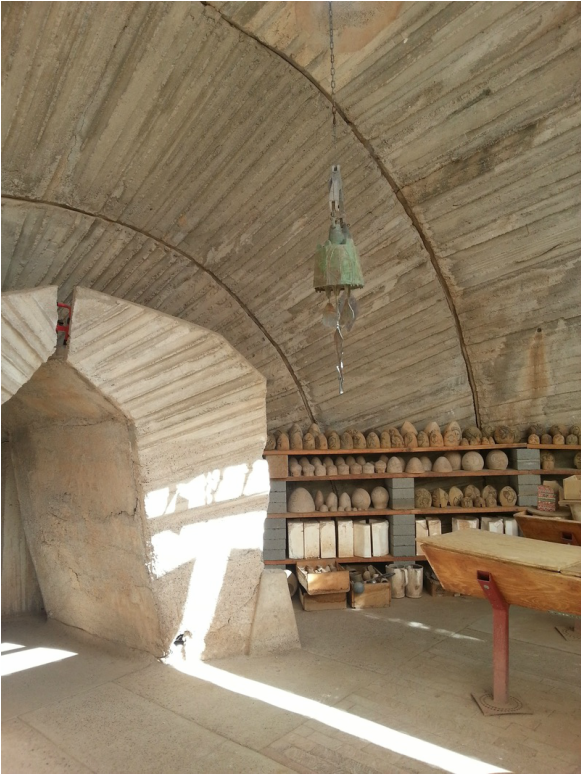
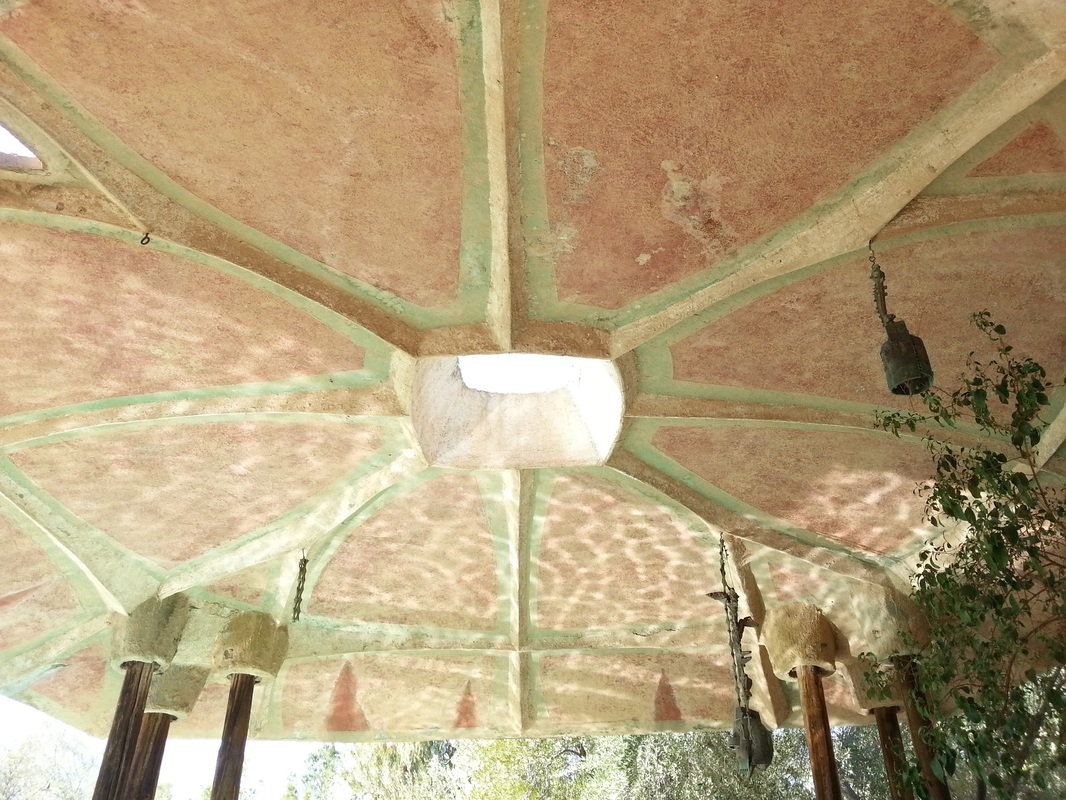
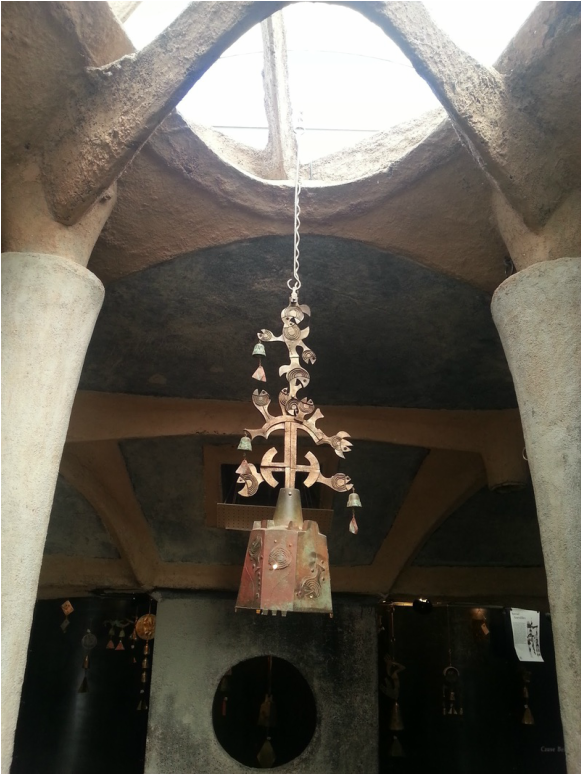
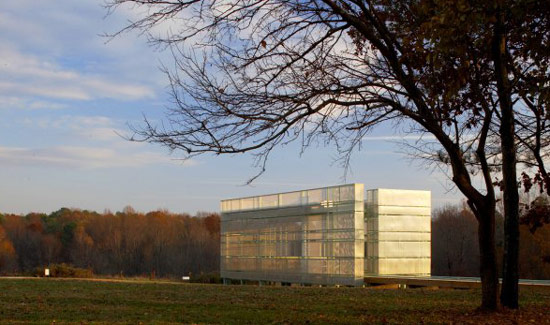
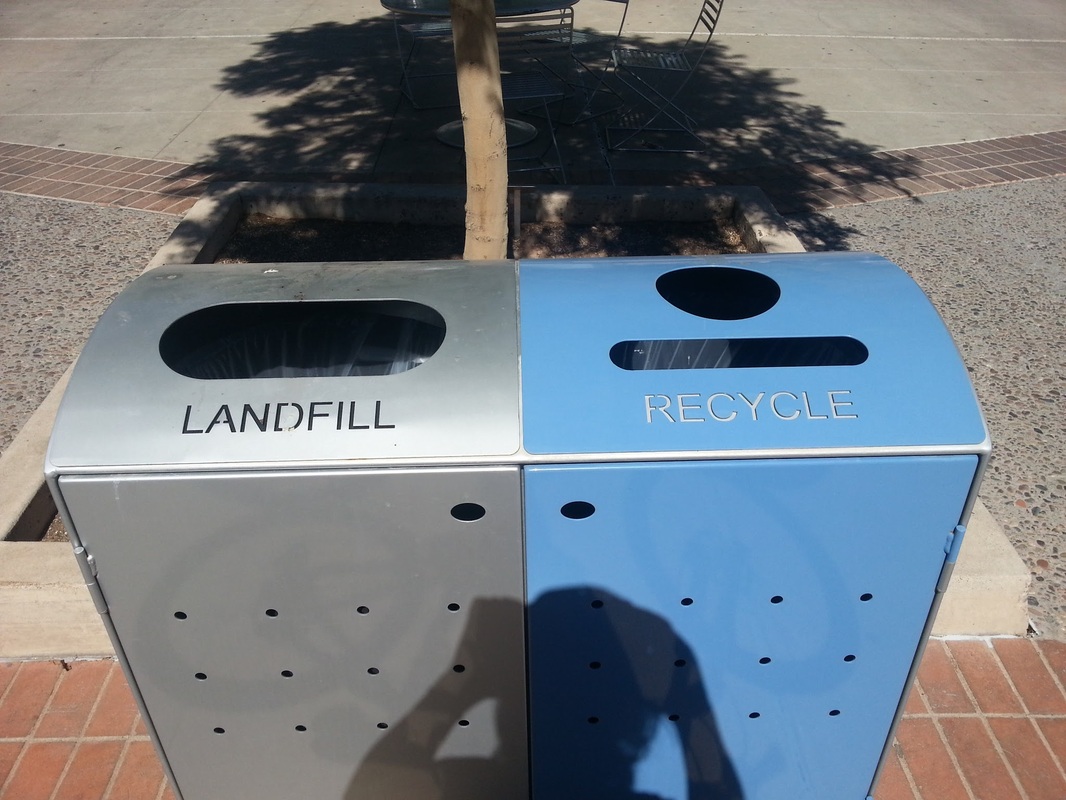
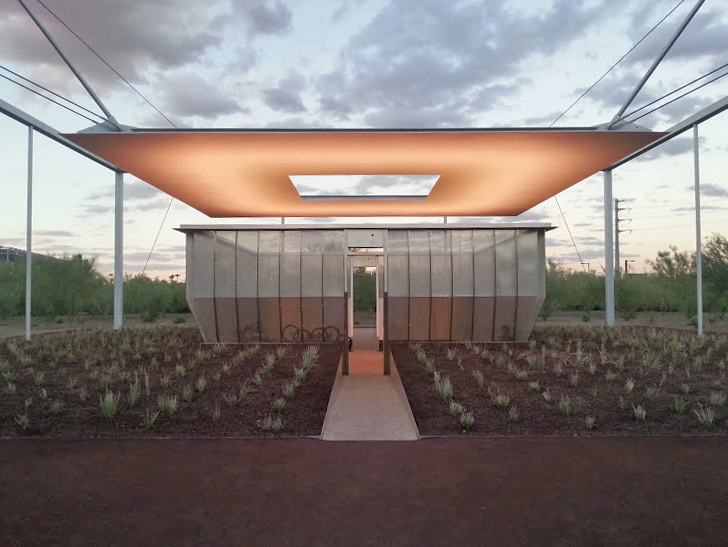
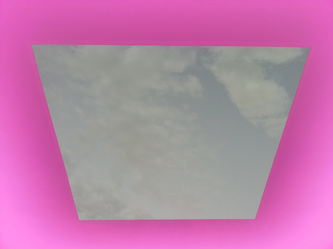
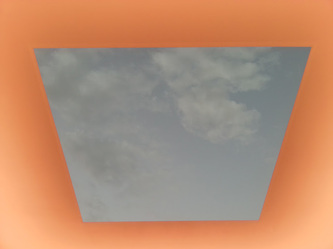
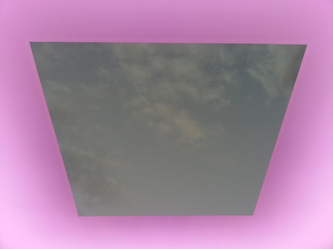
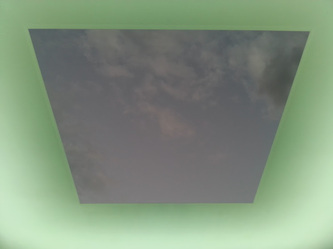
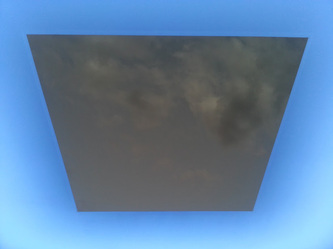
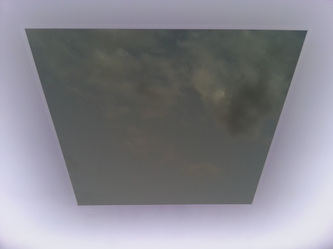
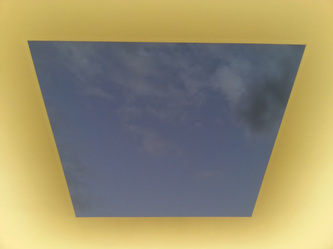
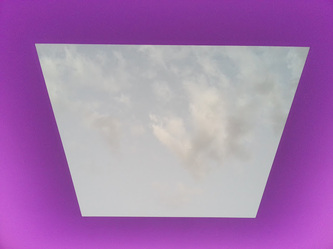
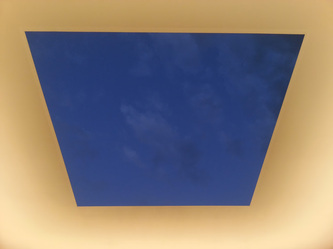
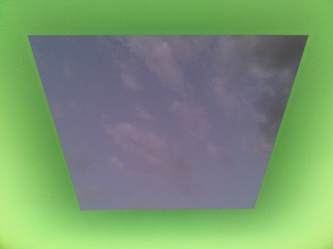
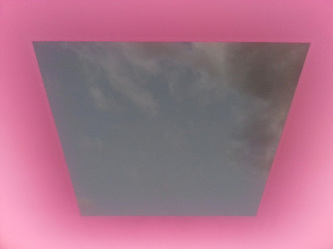
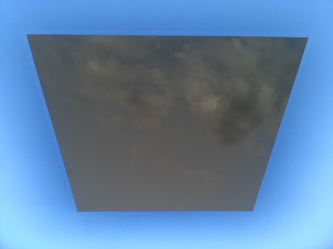
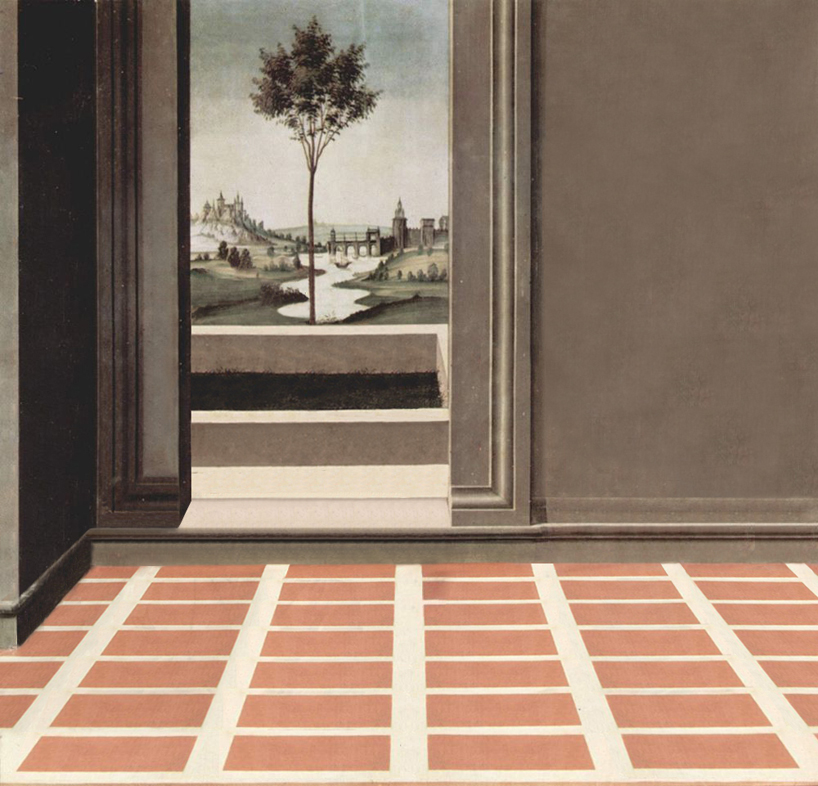
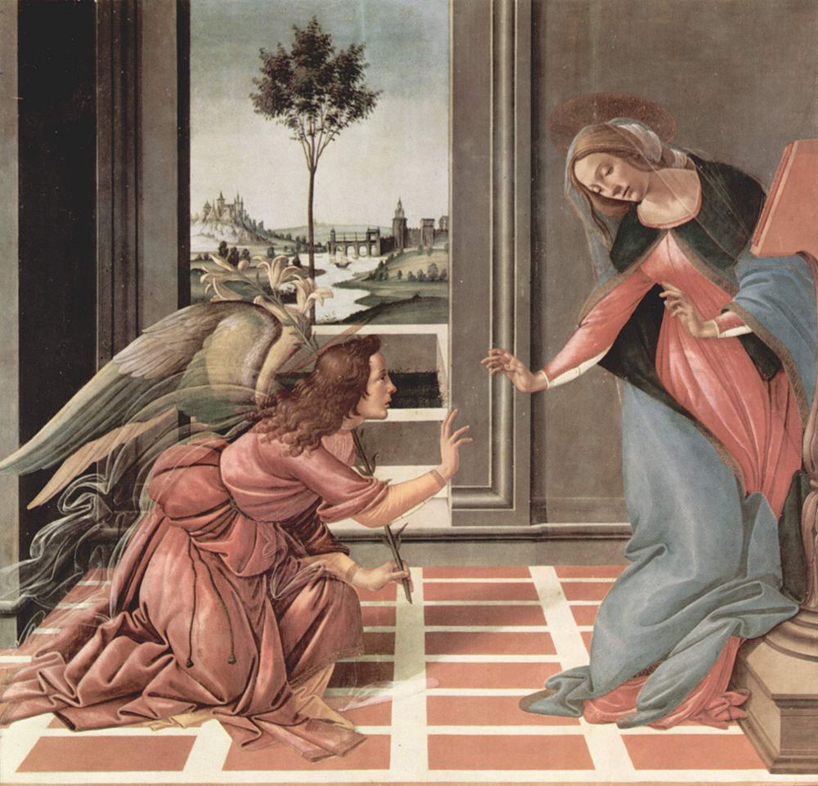
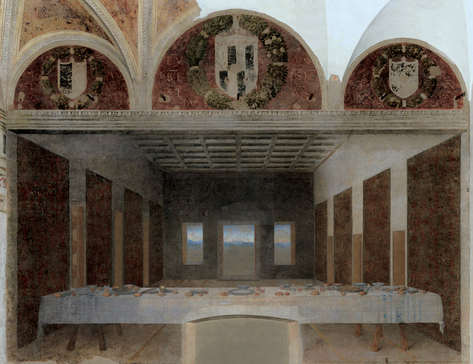
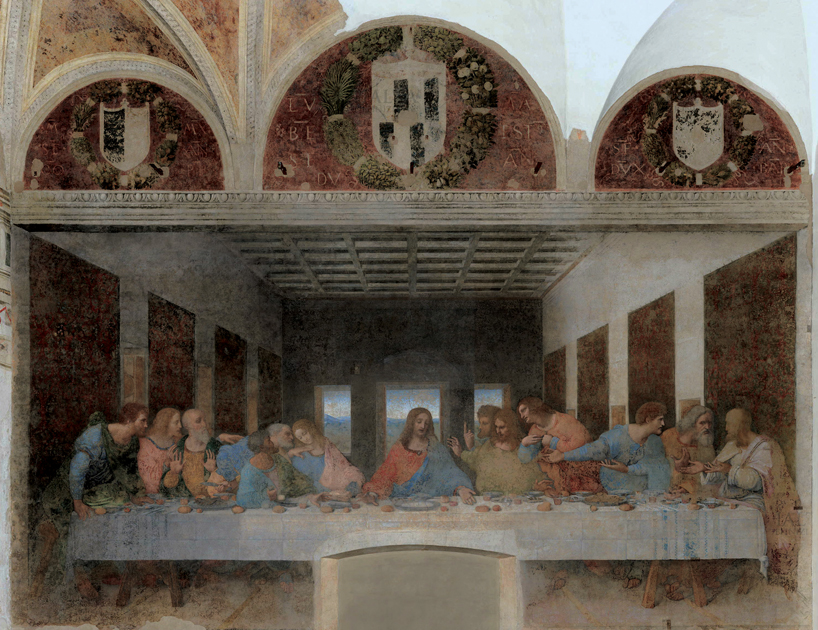
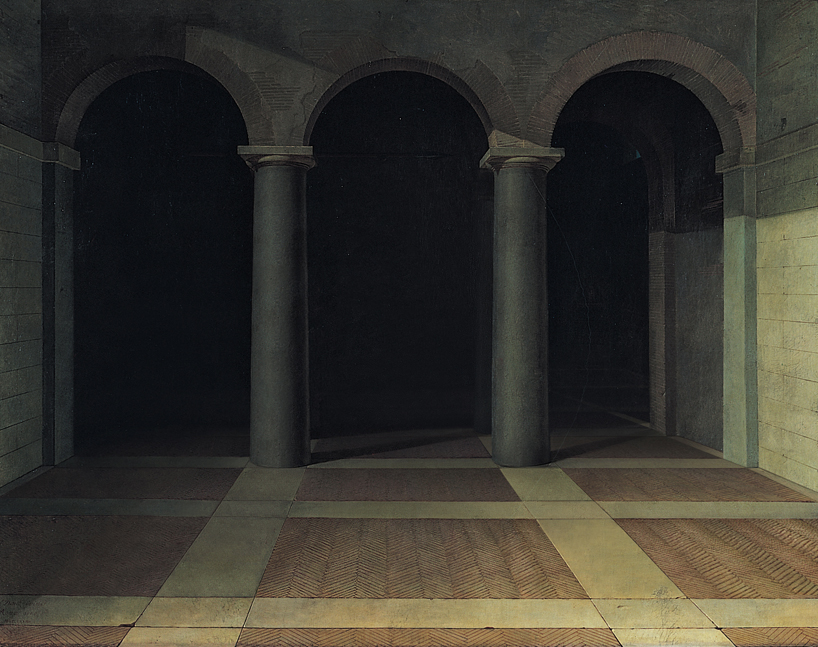
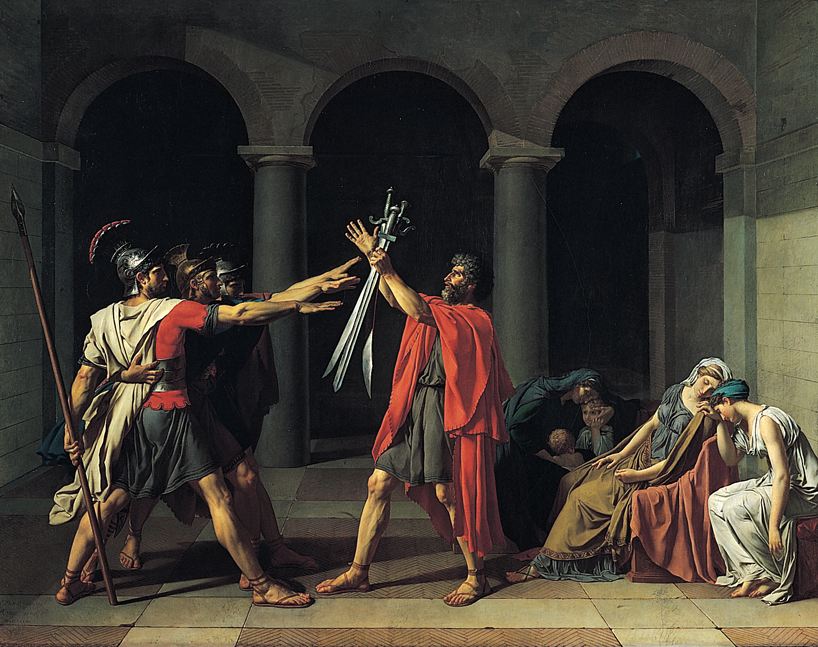
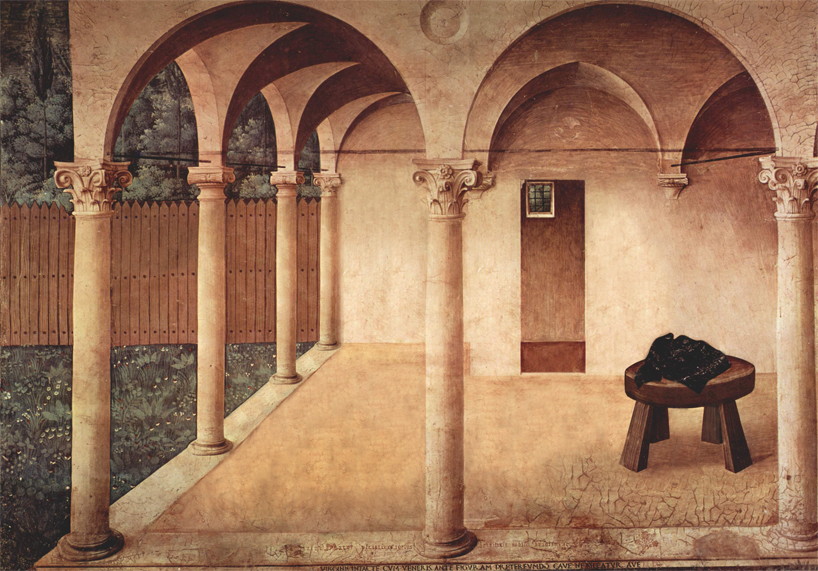
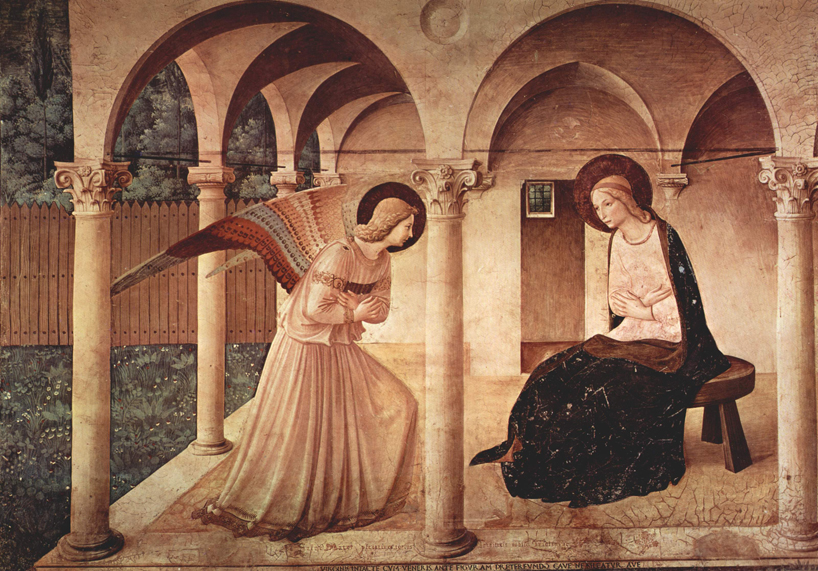
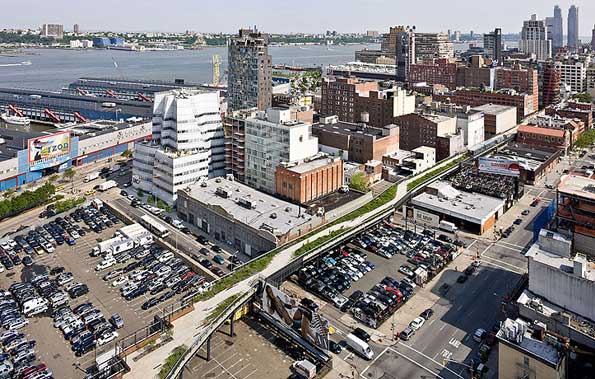
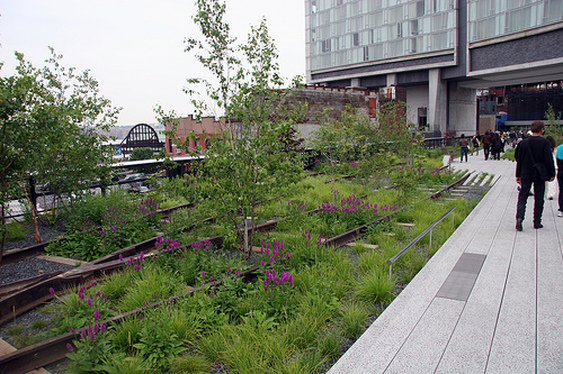
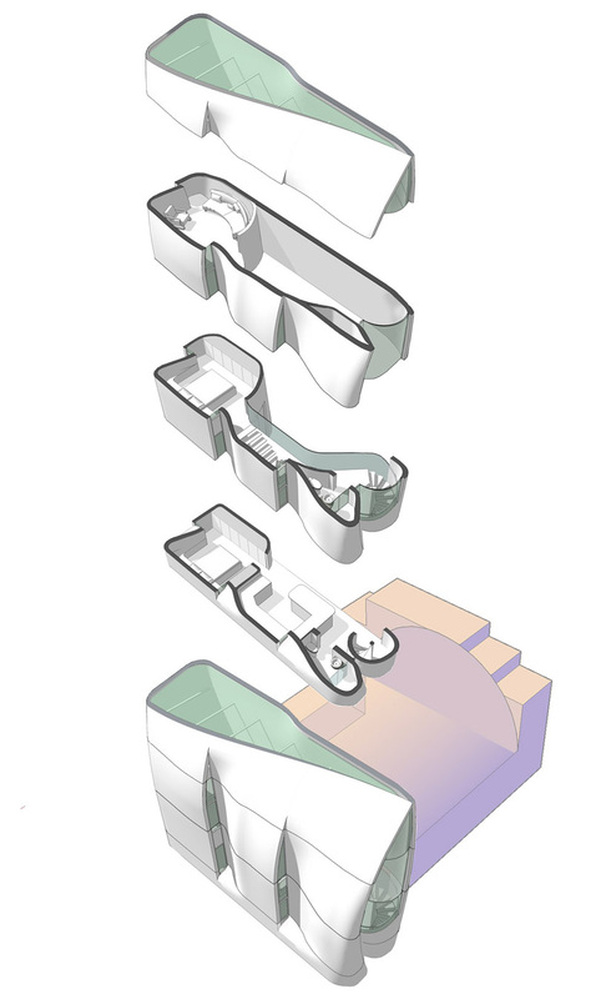
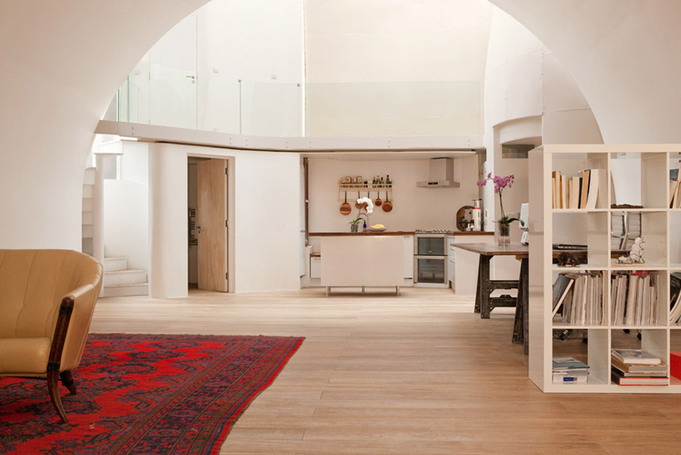
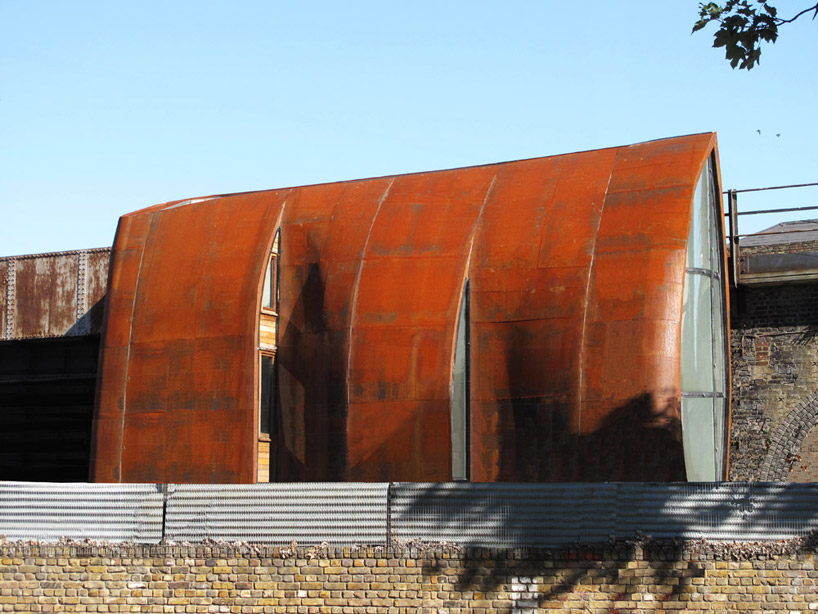
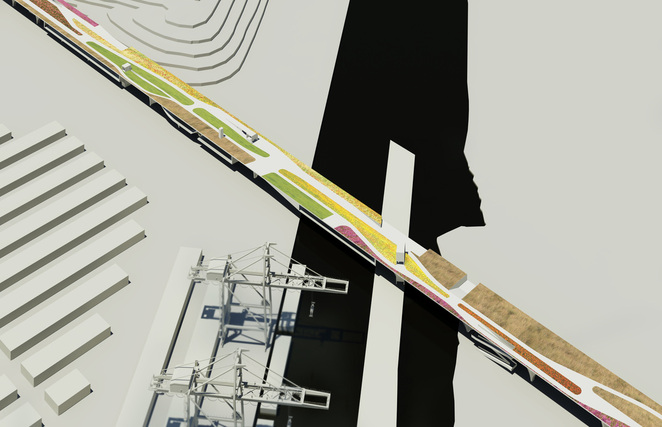
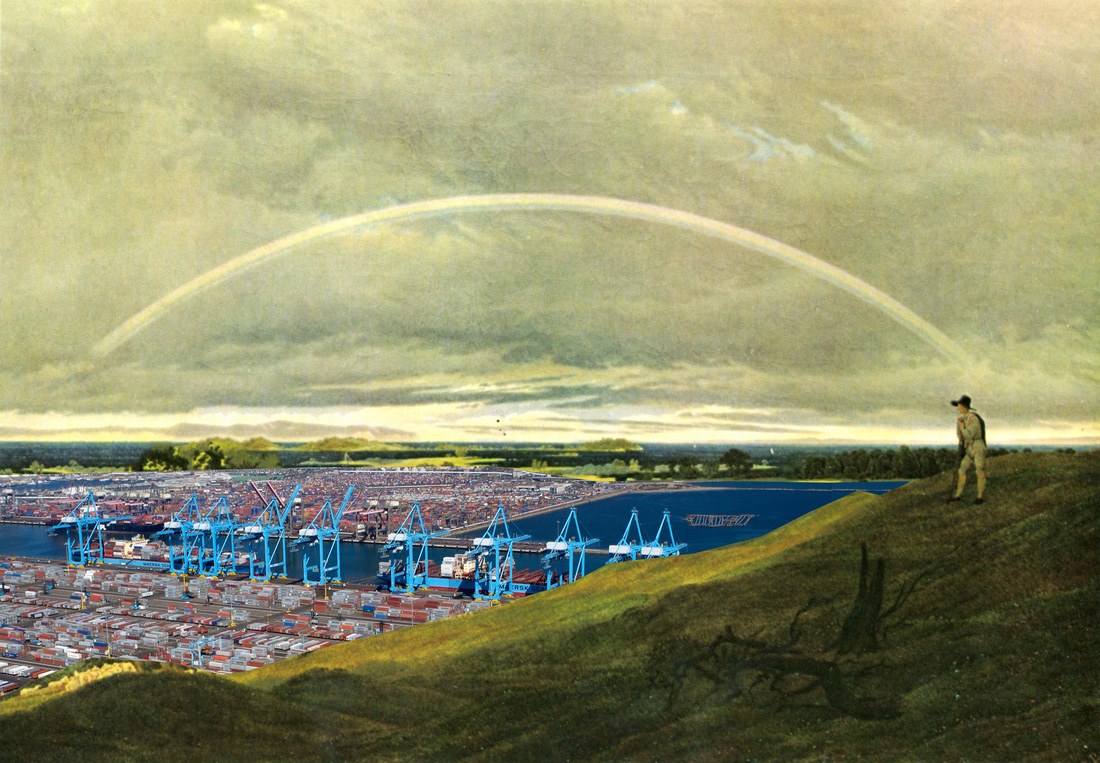
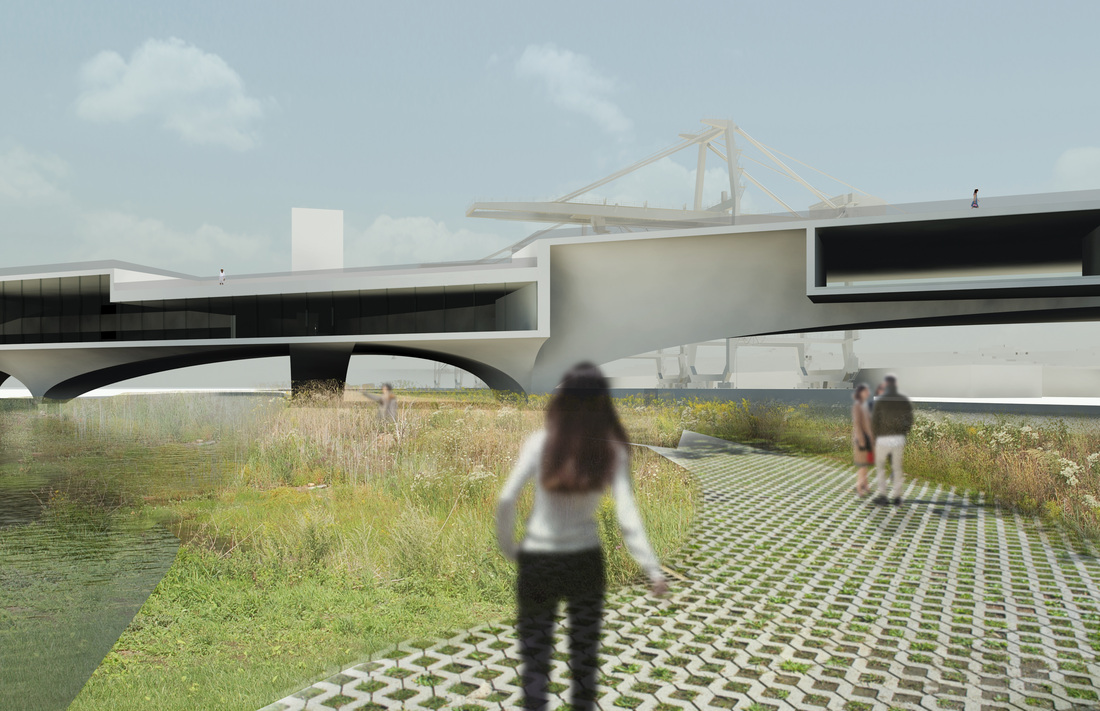
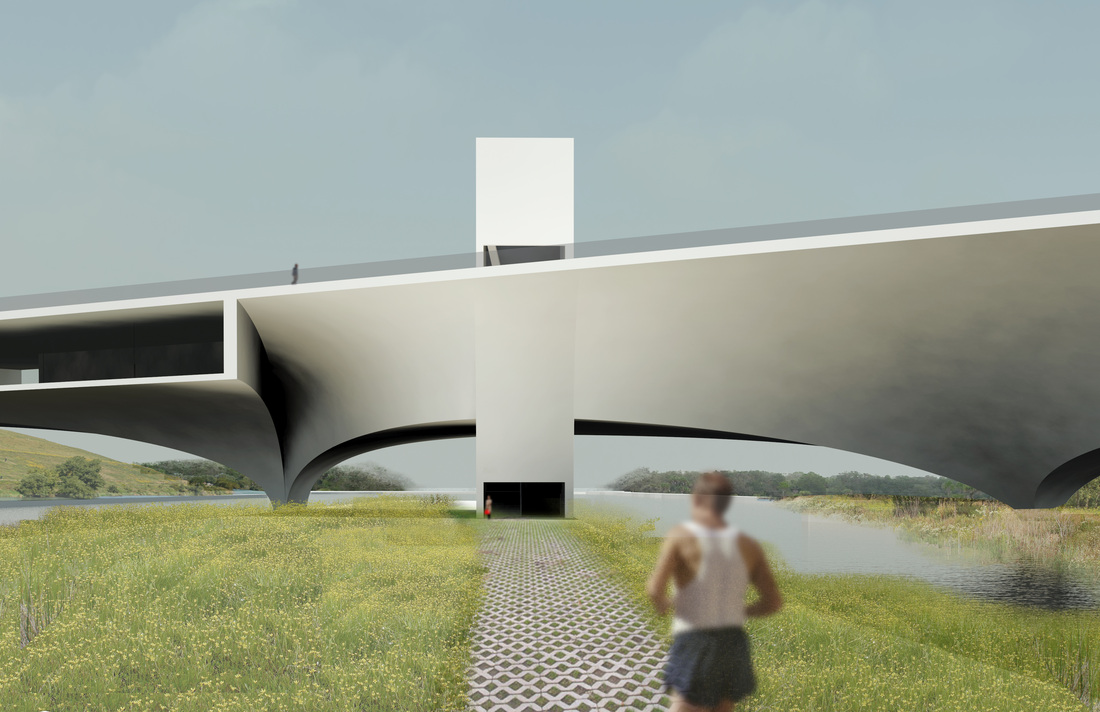
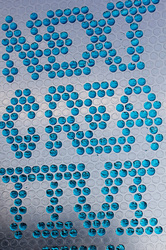
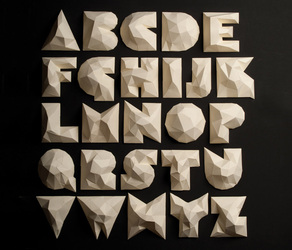
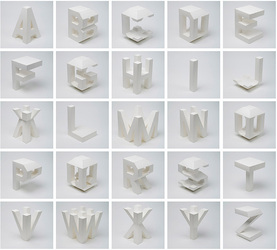
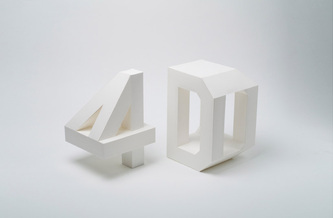
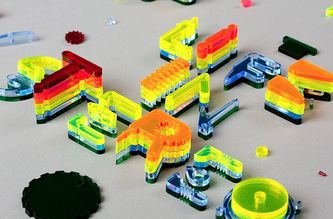
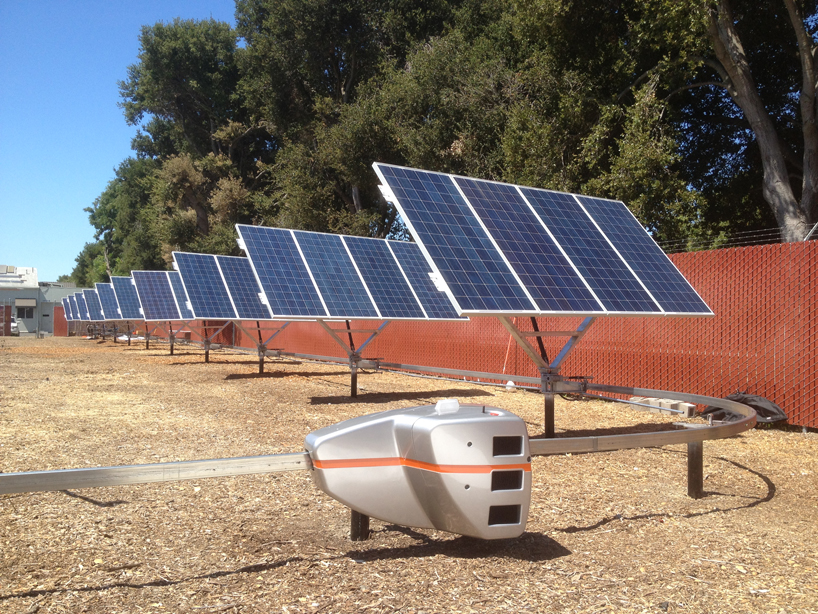
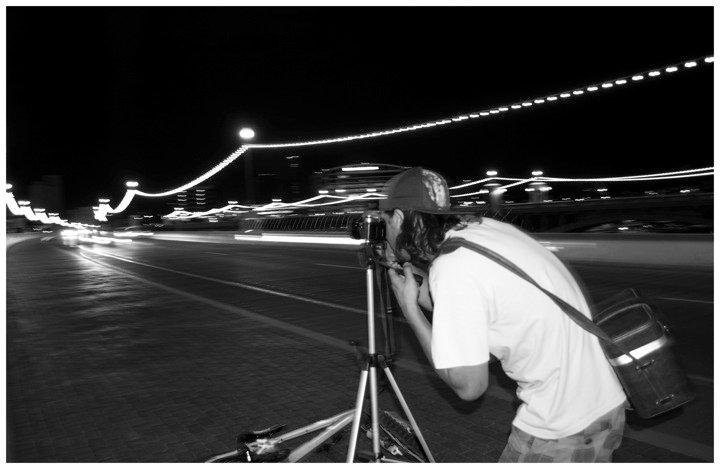
 RSS Feed
RSS Feed